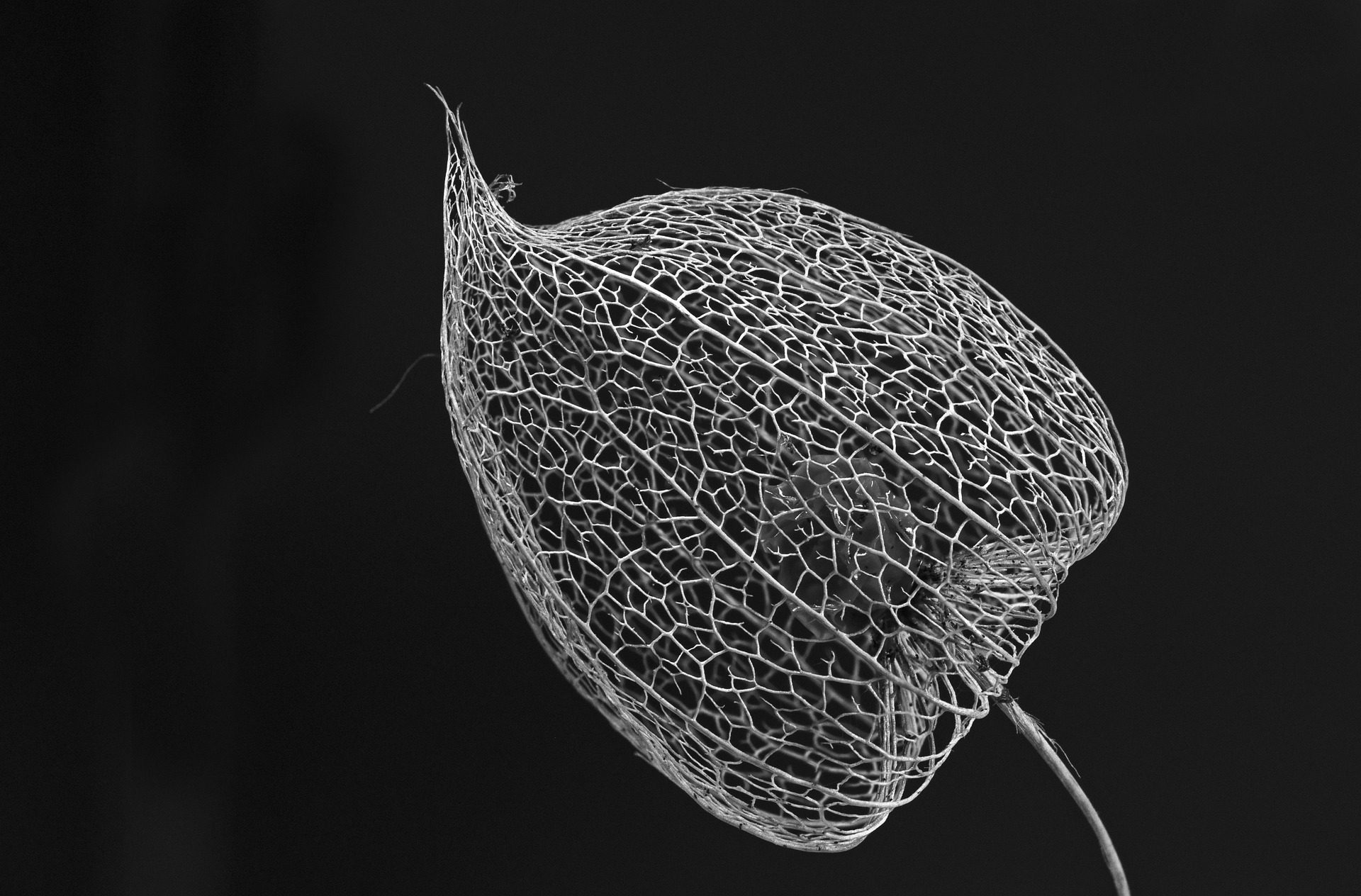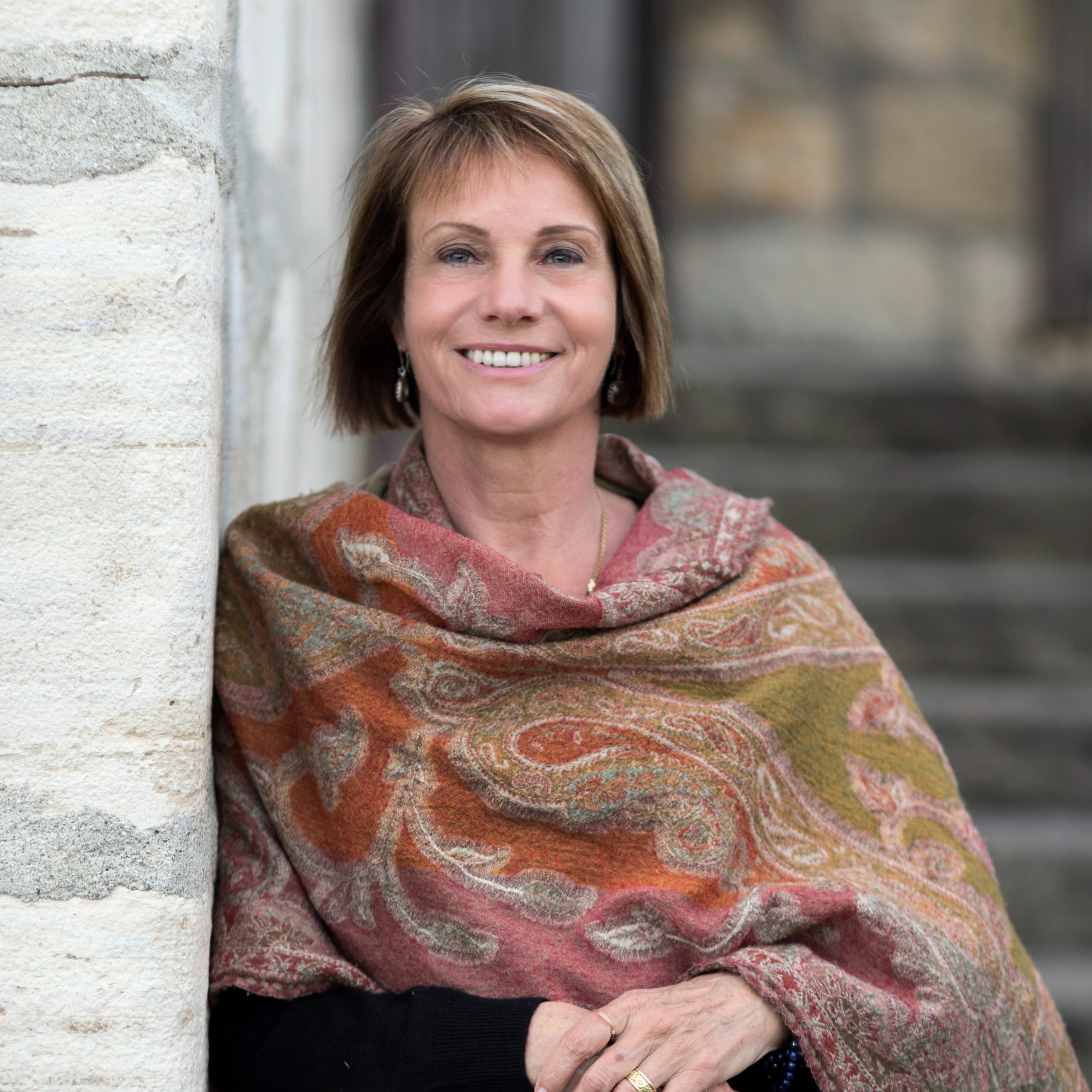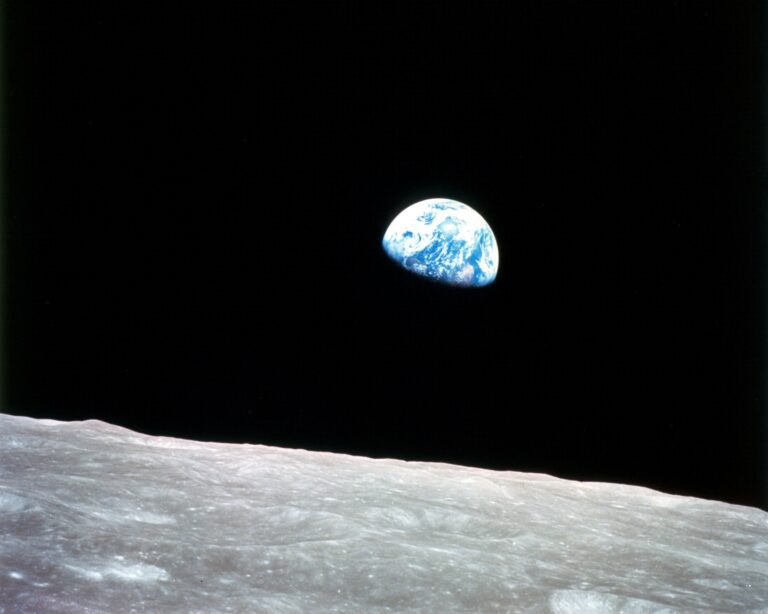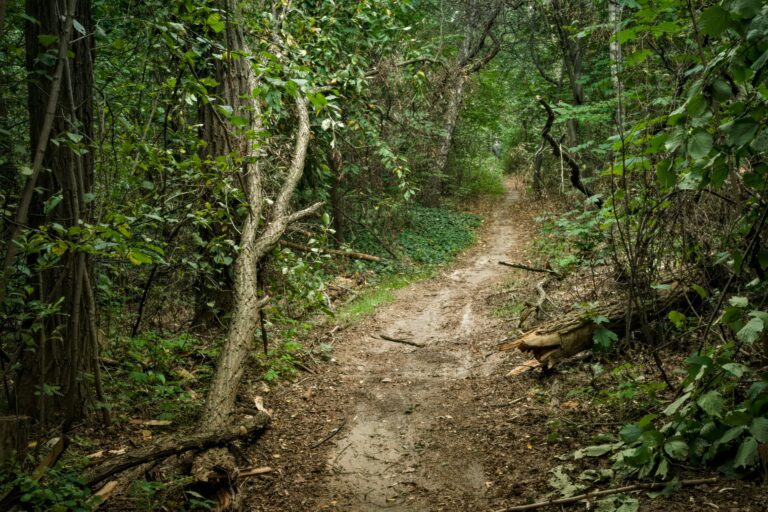This article was originally published on Tricycle. It is reprinted here with permission.
Years ago, when I was worrying about the climate crisis, I was often told that I was catastrophizing. Those voices have become quiet now, and when themes of the climate crisis arise, people now turn their gaze down, as if quietly depressed or too disheartened to speak. This sense of anguish has become even more pronounced as we hear about the horrors of war raging in our world, which have pushed even the urgent fear for the environment off center stage. In my meditation groups that include first responders and people in public service, we often discuss how to be with our fear, despair, and hopelessness. Together we contemplate how we can avoid shutting down emotionally and how we can stay present and engaged amidst so much suffering.
In my search for ways to help and support others in this time, I think about the concept of Deep Adaptation, popularized by British professor Jem Bendell and introduced to me by Buddhist scholar and activist Joanna Macy. Bendell encourages us to accept the probability of a catastrophic future, and to begin thinking now about how we can adapt emotionally and practically to such a frightening prospect. He encourages us to shift our perspective from fixating on the outcome to contemplating how we can live in the best ways possible in the face of great loss and uncertainty. Bendell describes the need to restructure our way of life in society in clear, sensible, and practical terms.
Trust allows us to go beyond our personal sense of being in control, especially in times when control is impossible.
In addition to adapting to how we live our lives, I believe we also need a “deep adaptation” of the heart—an inner complement to the outer dynamic that is a necessary medicine if we want to become agents of peace and transformation. Whether or not we cannot turn our ship around, it is important that we meet our uncertain future internally, and the quality of being that we will find there will infuse our relationships and engagement in the world.
Cultivating a compassionate heart can help us avoid burning out, shutting down, or getting lost in anxiety and depression. It can help us stay calm, caring, and connected to a wider perspective so that we may even thrive in a grim situation.
In his travel book The Colossus of Maroussi, novelist Henry Miller offers us a clue to how we can bring about such a change in attitude:
At Epidaurus, in the stillness, in the great peace that came over me, I heard the heart of the world beat. I know what the cure is: it is to give up, to relinquish, to surrender, so that our little hearts may beat in unison with the great heart of the world.
But how can “our little hearts beat in unison with the great heart of the world?” How can we connect our heart to a much wider perspective?

Reflecting on the traditional Buddhist metta practices of lovingkindness, compassion, sympathetic joy, and equanimity, I have imagined a seven-step heart practice for this time of horror and sorrow we’re all enduring. And, drawing upon my knowledge as a psychologist and meditation teacher, I’ve especially thought about the practices that would be most helpful to caregivers, first responders, parents, friends, and neighbors in times of crisis and for working with trauma.
These practices are rooted in mindfulness and embedded in natural or awake awareness. Natural or awake awareness, also called the field of awareness, is not localized in our prefrontal cortex, our “manager mind.” Instead, this quality of awareness is present everywhere, without localization, and is often likened to a vast ocean. When we rest in this quality of being, we are filled with aliveness, awakeness, and love. We can learn to cross over into experiencing ourselves this way, like the ocean viewing its waves arising and dissolving. Together with the experience of mindfulness and awake awareness, heart practices allow us to experience the basic qualities of openness, fullness, and love.
7-STEP HEART PRACTICE
Step one: Trust in a wider perspective.
Soften your gaze and connect with the world around you. Trust what you feel. Even when our world is being gravely damaged by climate change and war, we can rely on our intention to trust in a wider perspective, as well as on our dedication to open our hearts to all suffering beings. This intention and dedication situate us into our heart space and allows the energy of the heart to radiate outward into our world. Resting in the felt sense of our heart space allows us to feel calm, warm, and connected. Trust reminds us that there is a bigger context in which we are embedded. Trust allows us to relinquish, to surrender, to let go into uncertainty, while holding the faith that doors will eventually open for us. Trust allows us to go beyond our personal sense of being in control, especially in times when control is impossible. Trust allows our little heart to drop into the great heart of the world.
Step 2: Heartfully rest in the field of awake awareness.
Resting in this way situates us in a much wider perspective than in our personal, often fearful, little heart view. The Isha Upanishad of the Indian Vedas tells us, “This is full, that is full, from that fullness comes this fullness, if you take away this fullness from that fullness, only fullness remains.” If we allow our personal hearts to rest in the limitless, boundless, knowing fullness of the universe, then we can anchor ourselves in a reality that is inexhaustible, that does not shut down, burn out, or get overwhelmed. Resting our hearts in this inexhaustible field of awareness provides the security, the psycho-spiritual container, to hold our suffering.
Step 3: Listen deeply to yourself.
Deep listening allows us to tune into ourselves and to attend to our own fears. Imagine a child who has been hurt. When a trusted adult embraces and listens deeply, the child can feel pain, cry, and relax. However, when there is nobody to help, the child may get desperate and often angry. When we experience the fullness of there being enough, whether that’s attention or love, it is easier for us to be open and generous towards ourselves. Make ten minutes every day to listen to yourself, deep inside.
Step 4: Offer tenderness to yourself.
Tenderness for oneself brings us into the present moment and makes it possible for us to be with the felt sense of our own vulnerability and rawness. Psychotherapist Eugene Gendlin tells us that, “The moment you experience the felt sense of painful feelings is exactly when change can happen… Then something in your way of being starts to re-configure and you gain a healthier understanding of yourself and become increasingly free.” The felt sense of tenderness toward our own self allows us to heal and grow. Offer a sentence that expresses tenderness to yourself, such as, “May I hold myself with kindness and tender care.” You may gently place one or both hands on your heart.

Step 5: Accept what is.
Acceptance of what is allows us to let the reality of the world in, even though it may be harsh. Acceptance, here, does not suggest whitewashing or the condoning of wrongdoing, but, rather, it means seeing clearly. People can experience the feeling of acceptance when a skillful doctor tells them compassionately the truth about a difficult prognosis. The individual then has the chance to spend the rest of their life with what is essential to them. In a similar way we may be able to accept knowledge of a possibly devastating future with openness and a peaceful heart when we are held in compassionate and loving awareness.
Step 6: Offer loving compassion to yourself.
Loving compassion unlocks our heart, so we can feel with the pain of others. Tapping into the openness and fullness that is naturally there, we can afford to preserve the essence of our humanity despite a possibly looming catastrophe. We know that parents, who are in touch with their own inner lives, are more easily able to share themselves sensitively and effectively with their children. In a similar way are those, who know themselves and care for their own physical, mental, emotional, and spiritual health, able to be effective and resilient first responders, healthcare workers, parents, friends, activists, and citizens. You might say quietly to yourself, “May I offer compassion to myself, so I can also include others in my care.”
Step 7: Set yourself—and others—free with heartfelt engagement.
Heartfelt engagement makes it possible for us to reach out to others in helpful ways, and to remain engaged and caring, while exercising the little influence we may have to help. There are many stories from wars and concentration camps where people who had an inner sense of “richness,” “wealth,” and “freedom of mind” were able to share themselves in incredible ways with their fellow prisoners. Those who serve others often experience a sense of strength, belonging, and profound meaning. Open to the possibility of engaging yourself on behalf of another to help or support a person or animal in need in a special way. As you have done so, notice the felt sense in your body and heart.
Heart work is deep adaptation. The stages of this seven-step Heart Practice build on each other, and together allow us to stay open and engaged, even when there is great suffering, offering solid, practical, and real-world support. Then, even when life is harsh, difficult, and at times devastating, we can stay healthy, present, and caringly available to others and our beloved world.








